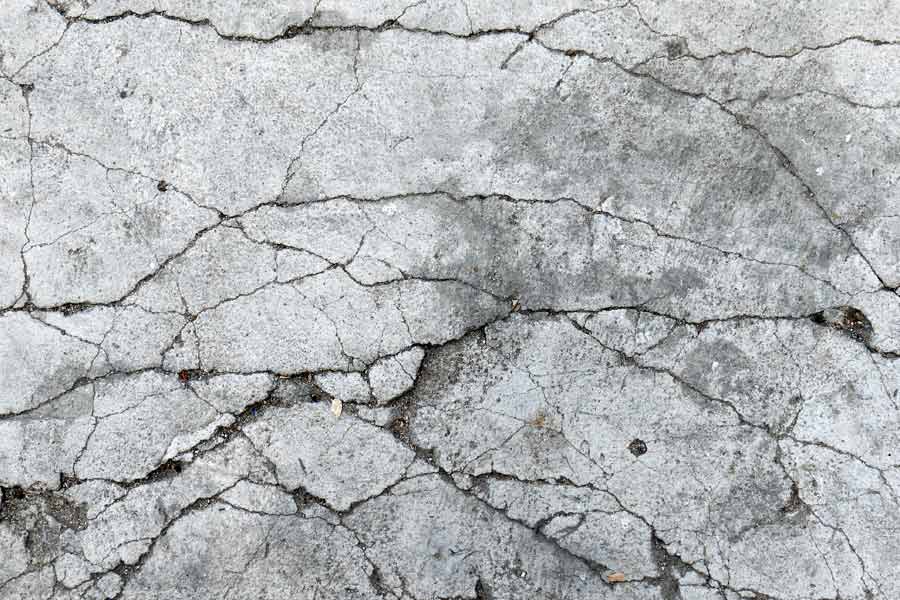Illustration by Rae Scarfó
It’s one of the Earth’s oldest organic forms, but fungi is hipper than its age implies.
In fact, these complex organisms have been at the center of many of today’s leading technological innovations. From high-tech meat substitutes to futuristic textiles, mushrooms seem to be popping up everywhere—and the world of construction materials is no exception.
Thanks to emerging research on fungi’s unique properties as a highly renewable material, in recent years lab-grown fungi has been used in a variety of applications, including acoustic paneling and flooring—all of which are made from the same base: a part of a fungus called mycelium.
Martina Eandi, an architect and researcher at Portugal-based materials research institute Critical Concrete, understands the growing interest in mycelium as a construction material. She also sees what the future might hold for this intriguing lifeform as the industry continues to move toward more sustainable building materials.
An artistic beginning
One of the first people to grasp mycelium’s possibilities as a construction material wasn’t part of the construction world at all. “One of the earliest researchers to investigate the use of mycelium-based materials was the artist and inventor Philip Ross, who experiments with possibilities of fungal materials in design and in building,” Eandi said. “He was one of the first people to do research in this area, and to show the different possibilities that this material has.”
Ross, who got his start as a fine artist before going on to co-found mycelium materials startup MycoWorks, began by building small-scale mushroom “teahouses,” which he exhibited in various gallery spaces throughout Europe.
“He made this installation out of mycelium brick,” Eandi said, “with the Ganoderma lucidum strain and sawdust as a substrate. This was one of the first projects to do research in this direction.”
The concept of mushroom architecture caught on quickly in the world of fine art—from a mycelium brick tower in the courtyard of MoMA PS1 designed by New York-based architect David Benjamin, to a pop-up performance space created by artist and set designer Pascal Leboucq for use during Dutch Design Week. Biodegradable, sustainable and surprisingly easy to work with, mycelium was fast becoming the material of choice for the artistic set.
Multi-Functional Fungi
Despite their artistic pedigree, Eandi said that mycelium bricks are also sturdier than many initially assume.
“At Critical Concrete, we work to break down some of the stereotypes people worry about when you talk about organic material use in architectural design,” she said. “People are always afraid about the effects of water and humidity, whether it’s fireproof, how long it can last and other durability concerns.”
Mycelium is a surprisingly hearty material. The mushroom itself is hydrophobic and resistant to a large amount of stress. It can also be grown specifically to meet the requirements of the particular application in the intended structure, by switching up mold formations as well as the substrate used to grow it.
[SEE ALSO: The Ancient—And Unusual—Building Material Attempting a Comeback: Hemp]
“To put it simply, mycelium is just the vegetative apparatus of the mushroom,” Eandi said. “And there are many variables you can adjust in the growing process to encourage the development of a specific color, thickness of the mycelium skin consistency and so on.”
“Each mushroom in the genus has its own specific features and ideal conditions for growth,” Eandi continued. “You can also exercise control over the growing process by changing the mushroom strain and the typology of the substrate in which it’s grown. It’s incredibly malleable, because it takes the shape of whatever mold you put it in.”
Builders can also use the substrate to control the density of the brick. “Mycelium itself is really low density,” Eandi said, “which helps it to grow inside the fiber of the substrate that you choose. By adjusting the density and the porosity of your substrate, you can control the density of the resulting material, creating, for example, an insulator material by encouraging denser growth.”
Additionally, part of the source of mycelium’s appeal is its relative ease of creation. “You can buy grains inculcated by mycelium and mix them with a sterilized substrate of your choosing, as well as an additive to encourage growth,” Eandi said. “We like to use cornstarch. What creates the material is the growth of the fungus, eating into the substrate and creating a structure. All you need for that to happen is a slightly elevated humidity and to regulate the temperature of your space.”
Eandi emphasized that a sterile environment and the use of proper tools and conditions are necessary for ideal growth, but said it’s perfectly possible to reproduce the process in a non-specialized environment.
Focusing on the Future
With many potential applications, the question of how mycelium will be best used by the construction world remains open. “We’ve seen many examples of the brick being used outside,” Eandi said, “including the MoMA installation, but at the moment we’re seeing more development of the material for interior applications. There’s a lot of work being done with insulation, including an Italian company that’s selling mycelium-based acoustic paneling. We’re also seeing it used a lot in consumer goods—everything from furniture to fashion. There’s even a company in the US growing biodegradable mycelium packaging.”
For now, Eandi and the rest of the Critical Concrete team are slated to begin teaching classes on growing mycelium brick through its online educational platform, Criti.Co, which Eandi hopes will introduce the material to a wider audience of architects and designers.
Called “Organic Material in Architecture: Inside Mycelium,” the course will offer an overview of the material’s technical characteristics, exploring the possibilities of applying the material throughout the fields of architecture and construction.
“Mycelium is a material with really zero impact, that’s 100% organic, fully compostable and natural in every way,” Eandi said. “It doesn’t require much energy to grow, and can be produced with relative ease in any properly sanitized space.”












